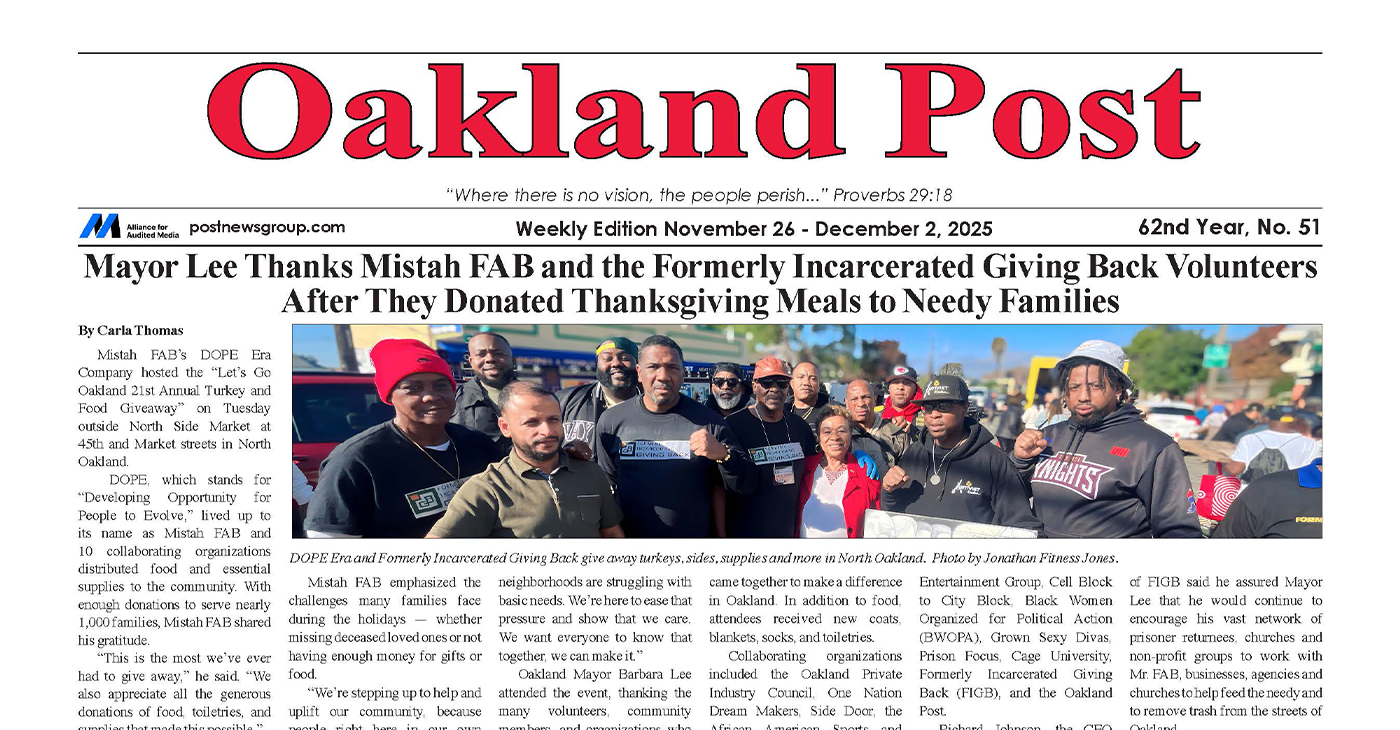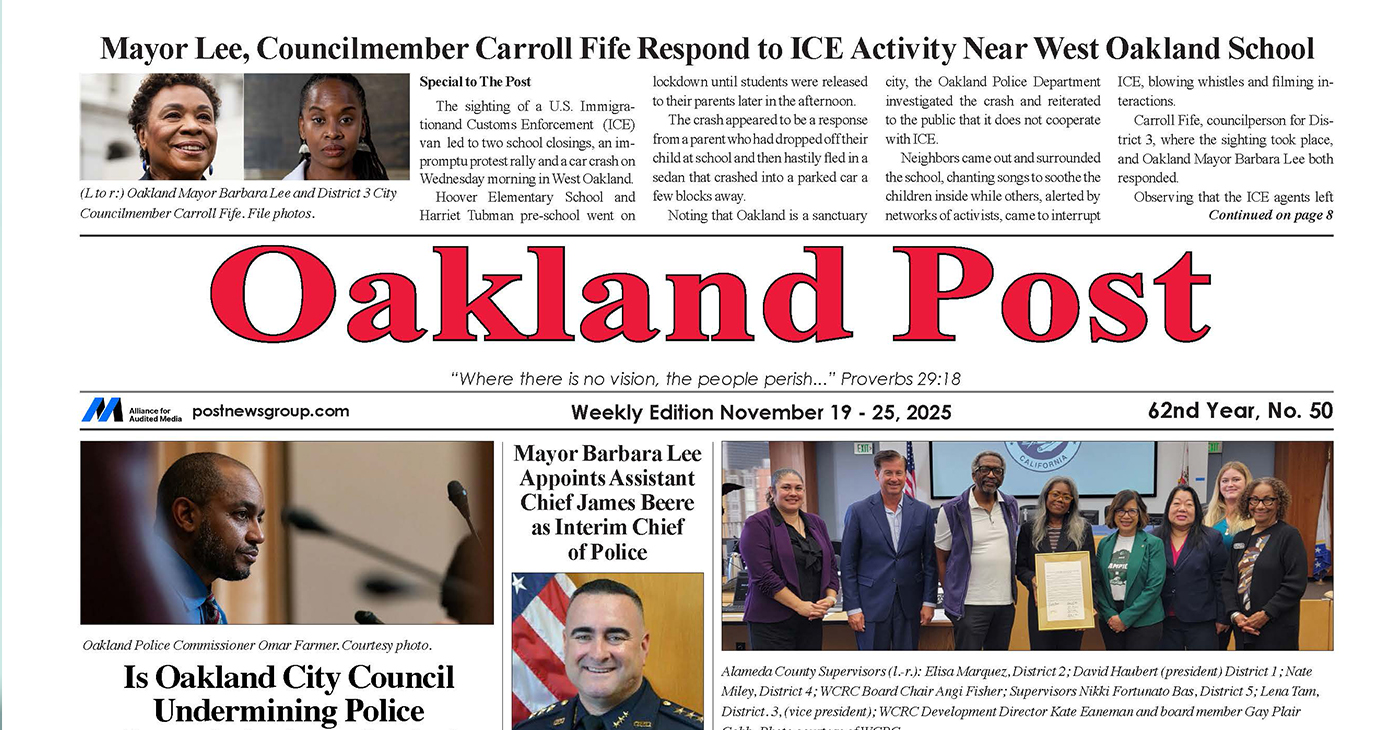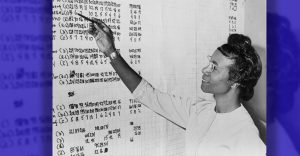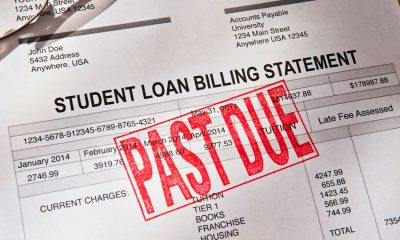Bay Area
Roots Clinic Warns of Alarming Uptick of COVID-19 in Deep East Oakland

On Tuesday mornings, Dr. Noha Aboelata MD and other physicians from the Roots Community Clinic host The People’s Health Briefing on Facebook and YouTube to offer COVID-19 information pertinent to Oaklanders based on their specific location.
The Roots Community Center began these weekly briefings after realizing that what East Oakland residents were hearing did not pertain to them.
“Alameda surged past 10,000 cases last Saturday, July 25. We hear national statistics, state, and city statistics, but what’s important are statistics specifically for East Oakland because the numbers are dramatically different from what people consider “averages,” said Aboelata.
Dr. Aboelata shared data that validates her cause for alarm. The COVID-19 infection rate in Alameda County is 548 per 100,000 residents. In Oakland, the rate is 832 per 100,000. However, in five zip codes, the infection rate is 6 to 8 times higher.
For example, the infection rate in Alameda County is 4.96% per 100,000 people, but in the 94603 area code the infection rate is 15.48%, 94612 is 16.56%, 94601 is 16.09% and 94605 is 10.52% — a 21%,25%, 23% and 15% higher rate respectively than Alameda County as a whole, Aboelata said.
So far, there have been 178 COVID-19 deaths in Alameda County, all patients were over the age of 50, which highlights Dr. Aboelata ‘s next concern as the cause for increased cases of COVID-19.
“When we first collected data on COVID-19, 80% of positive patients largely consisted of essential workers. Now, in July, we see this increase solely from community contact from parties, social gatherings and places where people are in group settings like jails, markets and construction sites,” said Aboelata.
“It is imperative that people take personal responsibility for their movement and actions, people have got to stop traveling and attending social gatherings. That means do not get on a plane, go to Vegas, or party — but if you absolutely have to get on a plane we recommend you BYOE, which means bring your own equipment, wear a mask and social distance.”
Dr. N. Kenji Taylor debunked some common myths that have been circulating in the community. “People are concerned about breathing in carbon dioxide, a natural substance the body creates upon exhalation. People should not worry. Medical personnel have been wearing masks for centuries with no issues, as masks filter out carbon dioxide (which is) able to pass in and out of the mask just as oxygen is able to pass in and out of the mask,” said Taylor.
Another common myth is how infections are likely to occur. Dr. Taylor said that infection can occur when a person is within 6 feet of an infected person for 15 minutes, and cautioned that people who live at home with high-risk individuals — those over age 50 or those with underlying conditions — should wear masks in their presence in the home also.
“We are just starting to understand the long term effects of COVID-19. So people who get it and survive may have reason for concern because even though they have recovered, it does not mean their relationship with COVID-19 has passed,” said Aboelata.

Alameda County
Seth Curry Makes Impressive Debut with the Golden State Warriors
Seth looked comfortable in his new uniform, seamlessly fitting into the Warriors’ offensive and defensive system. He finished the night with an impressive 14 points, becoming one of the team’s top scorers for the game. Seth’s points came in a variety of ways – floaters, spot-up three-pointers, mid-range jumpers, and a handful of aggressive drives that kept the Oklahoma City Thunder defense on its heels.

By Y’Anad Burrell
Tuesday night was anything but ordinary for fans in San Francisco as Seth Curry made his highly anticipated debut as a new member of the Golden State Warriors. Seth didn’t disappoint, delivering a performance that not only showcased his scoring ability but also demonstrated his added value to the team.
At 35, the 12-year NBA veteran on Monday signed a contract to play with the Warriors for the rest of the season.
Seth looked comfortable in his new uniform, seamlessly fitting into the Warriors’ offensive and defensive system. He finished the night with an impressive 14 points, becoming one of the team’s top scorers for the game. Seth’s points came in a variety of ways – floaters, spot-up three-pointers, mid-range jumpers, and a handful of aggressive drives that kept the Oklahoma City Thunder defense on its heels.
One of the most memorable moments of the evening came before Seth even scored his first points. As he checked into the game, the Chase Center erupted into applause, with fans rising to their feet to give the newest Warrior a standing ovation.
The crowd’s reaction was a testament not only to Seth’s reputation as a sharpshooter but also to the excitement he brings to the Warriors. It was clear that fans quickly embraced Seth as one of their own, eager to see what he could bring to the team’s championship aspirations.
Warriors’ superstar Steph Curry – Seth’s brother – did not play due to an injury. One could only imagine what it would be like if the Curry brothers were on the court together. Magic in the making.
Seth’s debut proved to be a turning point for the Warriors. Not only did he contribute on the scoreboard, but he also brought a sense of confidence and composure to the floor.
While their loss last night, OKC 124 – GSW 112, Seth’s impact was a game-changer and there’s more yet to come. Beyond statistics, it was clear that Seth’s presence elevated the team’s performance, giving the Warriors a new force as they look to make a deep playoff run.
Activism
Oakland Post: Week of November 26 – December 2, 2025
The printed Weekly Edition of the Oakland Post: Week of November 26 – December 2, 2025

To enlarge your view of this issue, use the slider, magnifying glass icon or full page icon in the lower right corner of the browser window.
Activism
Oakland Post: Week of November 19 – 25, 2025
The printed Weekly Edition of the Oakland Post: Week of November 19 – 25, 2025

To enlarge your view of this issue, use the slider, magnifying glass icon or full page icon in the lower right corner of the browser window.
-

 Activism4 weeks ago
Activism4 weeks agoOakland Post: Week of November 12 – 18, 2025
-

 Activism3 weeks ago
Activism3 weeks agoIN MEMORIAM: William ‘Bill’ Patterson, 94
-

 Activism4 weeks ago
Activism4 weeks agoHow Charles R. Drew University Navigated More Than $20 Million in Fed Cuts – Still Prioritizing Students and Community Health
-

 Bay Area4 weeks ago
Bay Area4 weeks agoNo Justice in the Justice System
-

 #NNPA BlackPress3 weeks ago
#NNPA BlackPress3 weeks agoLewis Hamilton set to start LAST in Saturday Night’s Las Vegas Grand Prix
-

 #NNPA BlackPress3 weeks ago
#NNPA BlackPress3 weeks agoBeyoncé and Jay-Z make rare public appearance with Lewis Hamilton at Las Vegas Grand Prix
-

 Activism3 weeks ago
Activism3 weeks agoOakland Post: Week of November 19 – 25, 2025
-

 #NNPA BlackPress4 weeks ago
#NNPA BlackPress4 weeks agoThe Perfumed Hand of Hypocrisy: Trump Hosted Former Terror Suspect While America Condemns a Muslim Mayor




















































